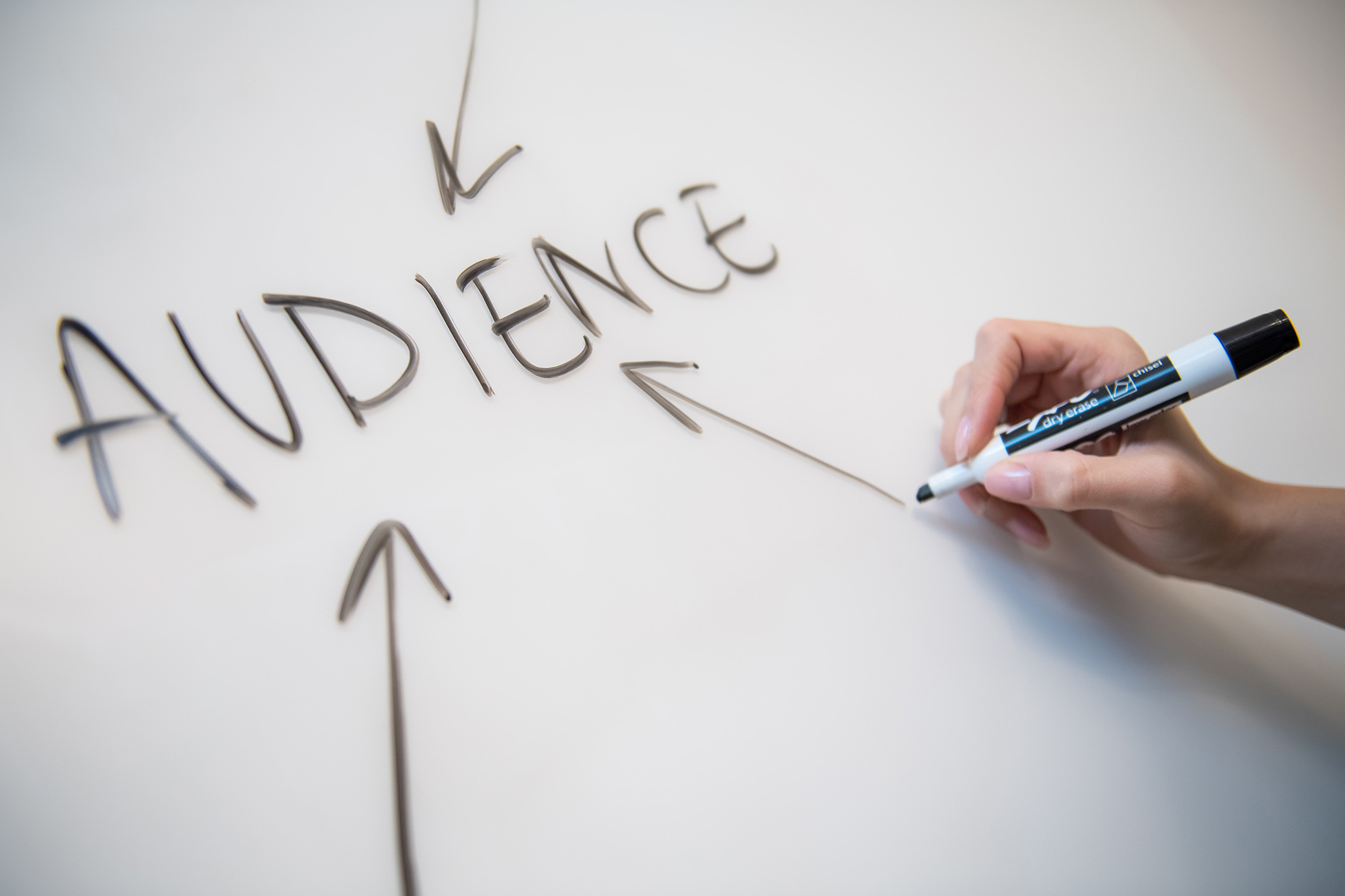
Building a Campaign When the Client Doesn’t Have a Target Audience
As a marketing professional, you may come across situations where a client has no clear idea of their target audience. This can be challenging, but with the right approach, it’s possible to develop an effective marketing campaign even without a defined target. In this article, we’ll share tips and insights on how to create a successful campaign in such situations, utilizing AI and other tools to maximize your marketing efforts.
Analyzing the Client’s Business and Product/Service
The first step in building a marketing campaign without a predefined target audience is to thoroughly analyze the client’s business and their product or service offerings. This will help you gain a better understanding of the potential customer base and identify key selling points. Consider the following factors:
- Business model: Is the client a B2B or B2C company? This will have a significant impact on the type of audience you’ll target.
- Industry: What industry does the client operate in? Research industry trends, competitors, and common customer profiles to help narrow down your target audience.
- Product or service features: What are the unique selling points of the client’s product or service? Identify the features that will resonate most with potential customers.
- Price range: Determine the affordability of the client’s offerings and how this may affect the target demographic.
Conducting Market Research and Gathering Data
Once you have a better understanding of the client’s business, conduct market research to gather data that will help you create an effective marketing campaign. This can include:
- Surveys: Conduct surveys to gather data on potential customers’ preferences, needs, and pain points.
- Focus groups: Organize focus groups to gather qualitative insights on customer preferences, opinions, and reactions to the client’s product or service.
- Competitor analysis: Study the marketing strategies of competitors to identify gaps in the market or potential target audience segments.
- Social media: Analyze social media trends and conversations related to the client’s industry, product, or service to gain insights on audience interests and behaviors.
Leveraging AI to Analyze Data and Identify Target
In recent years, AI has become an invaluable tool in the field of marketing. By leveraging AI-powered tools and software, you can analyze large volumes of data quickly and efficiently. These tools can help you identify patterns, trends, and potential target audience segments based on the data collected during your market research. Some ways to utilize AI in your marketing efforts include:
- Sentiment analysis: Use AI to analyze social media data and gauge the sentiment of potential customers towards the client’s product or service.
- Predictive analytics: Implement AI-powered predictive analytics tools to forecast customer behaviors and preferences, which can help you identify potential target audience segments.
- Demographic profiling: Leverage AI to analyze customer data and create detailed demographic profiles, which can be used to tailor your marketing campaign to specific audience segments.
Developing a Flexible Marketing Campaign
With a better understanding of the client’s business, product or service, and potential target audience segments, you can now develop a marketing campaign tailored to these insights. Keep in mind that without a clearly defined target audience, it’s crucial to maintain flexibility in your campaign to adapt as new insights and data become available. Consider the following tips when developing your campaign:
- Segmentation: Create separate marketing strategies for different audience segments identified during your research, ensuring that your campaign remains relevant and engaging for each segment.
- Personalization: Utilize AI-powered tools to personalize your marketing messages and content based on customer preferences, interests, and behaviors.
- Testing and optimization: Continuously test and optimize your marketing campaign to improve its effectiveness. This can include A/B testing of ad creatives, headlines, and targeting parameters.
- Measurement and analysis: Track the performance of your marketing campaign and analyze the data to identify trends, successes, and areas for improvement.
Conclusion
Building a marketing campaign when the client doesn’t have a clear target audience can be challenging, but with the right approach, it’s possible to develop an effective strategy. By conducting thorough market research, leveraging AI tools, and maintaining flexibility in your campaign, you can create a successful marketing campaign that drives results for your client. Embrace the challenge and use it as an opportunity to showcase your marketing expertise and adaptability.
- HubSpot’s Guide to Market Research: A comprehensive guide to conducting market research, including techniques, tools, and best practices.
- Hootsuite’s Guide to Social Media Listening: This guide provides an in-depth look at how to analyze social media trends and conversations to gain insights into audience interests and behaviors.
- Forbes’ article on AI in Marketing: This article explores how AI is transforming the marketing landscape and discusses various AI-powered tools that can enhance your marketing efforts.
- Google Analytics: A powerful web analytics service that can help you track and analyze the performance of your marketing campaigns.
- Optimizely: A popular platform for A/B testing and optimizing your marketing campaigns.
